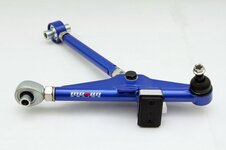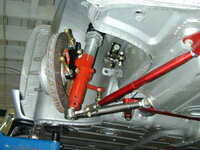92EagleAWD
15+ Year Contributor
- 394
- 4
- Jan 7, 2008
-
Vero Beach,
Florida
There has to be a cheaper way to make those. A friend of mine is getting his hands on a CNC machine shortly, I'm going to find out if we could make something like that for less money.
If that actually works out i will indeed be interested. The market for these cars is suck crap when it comes to suspension components. Has your friend tried this yet?























